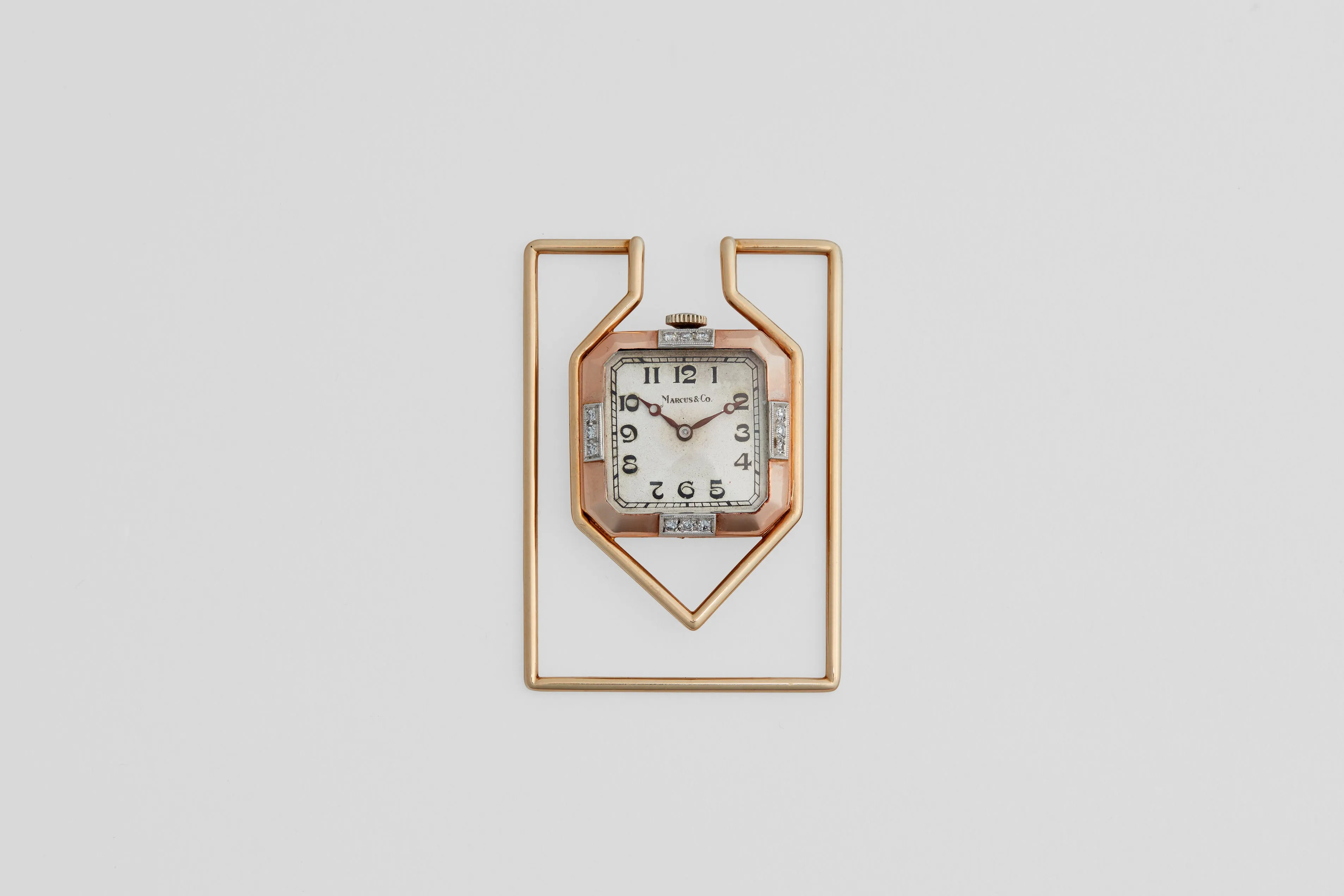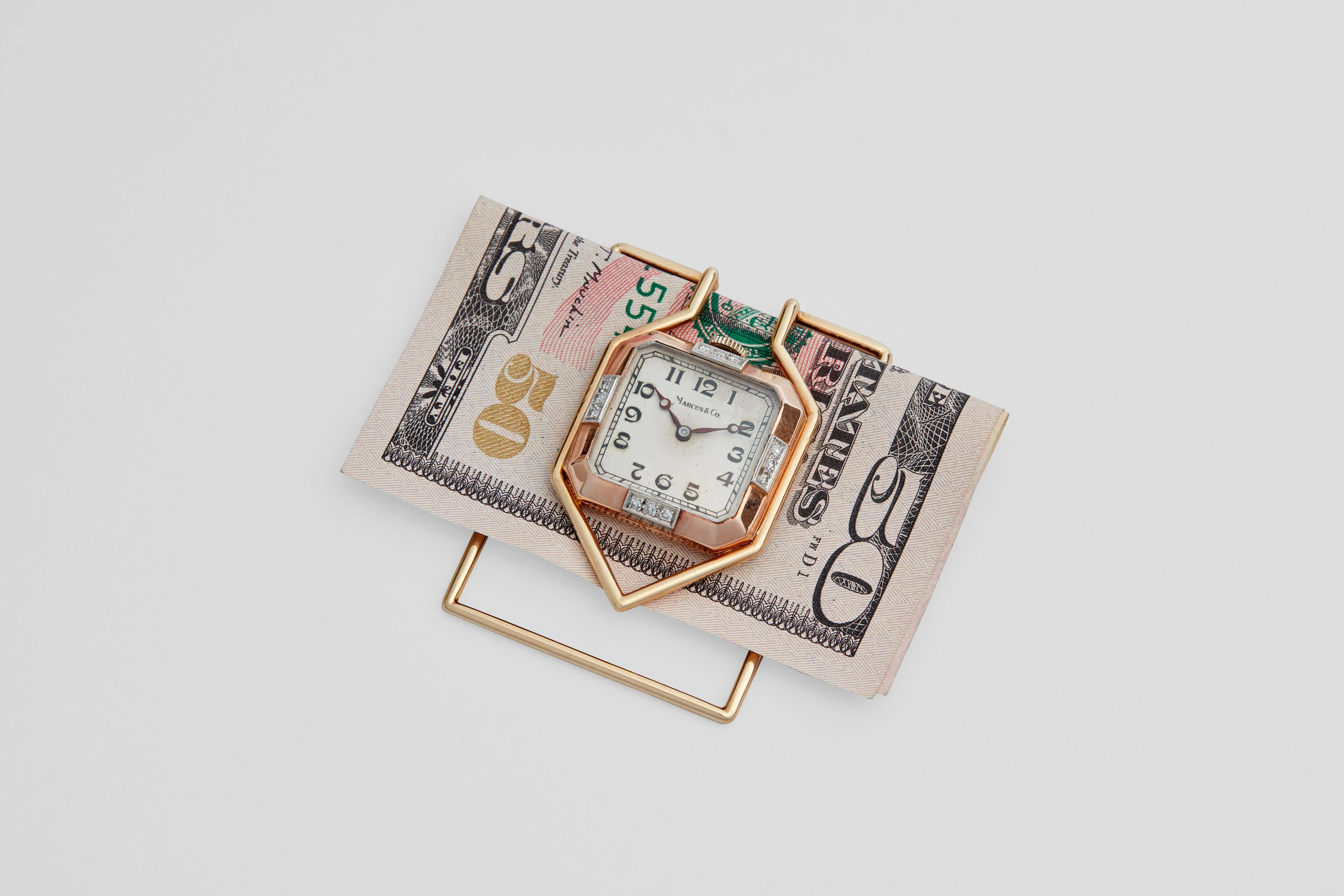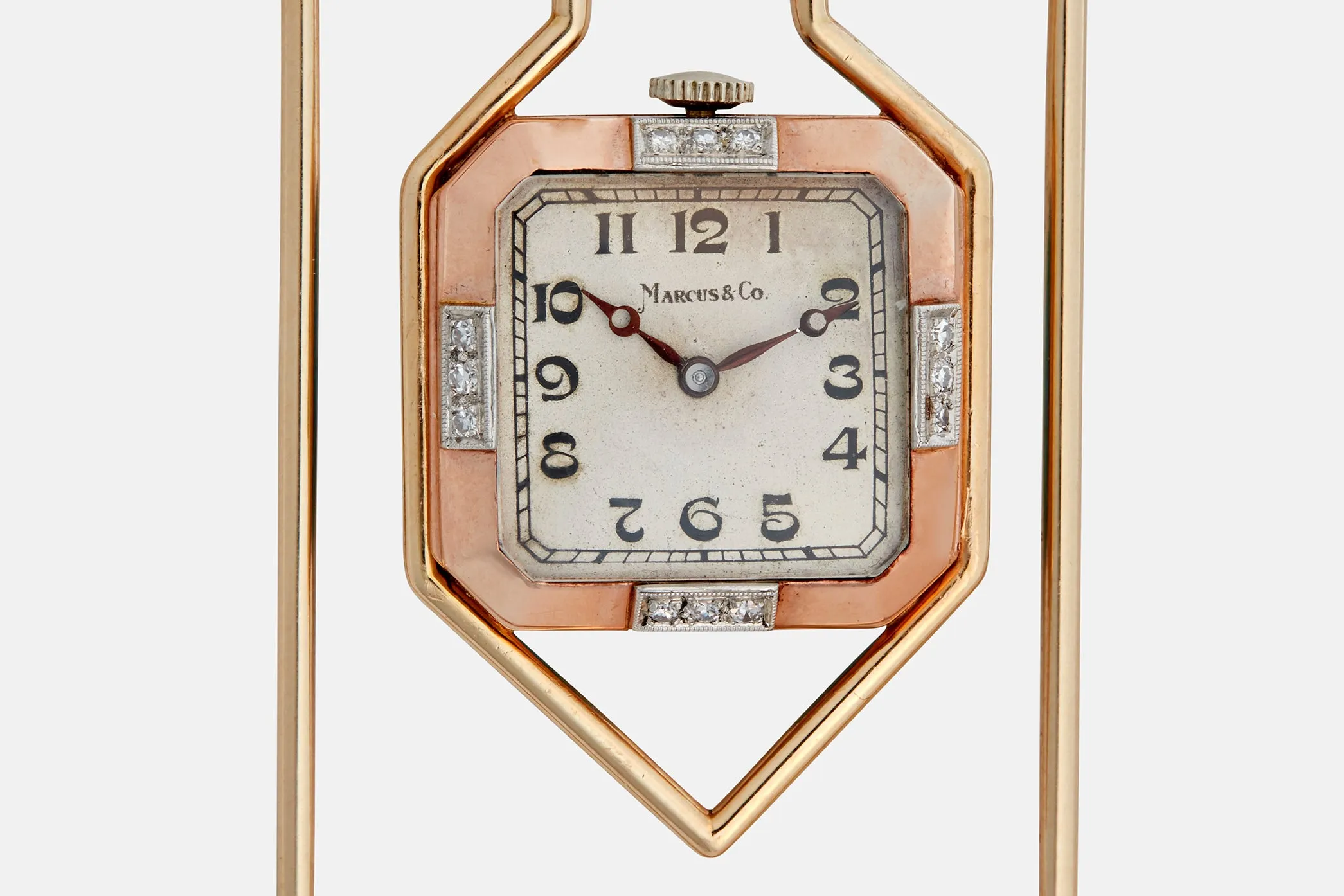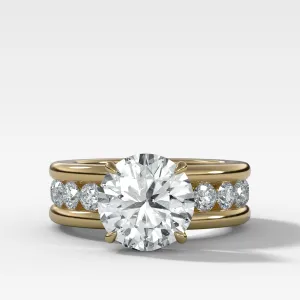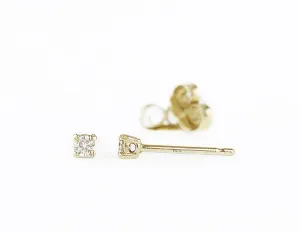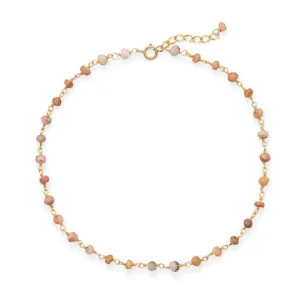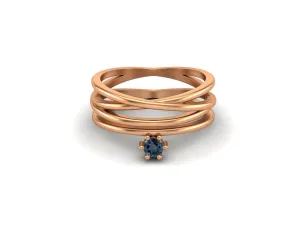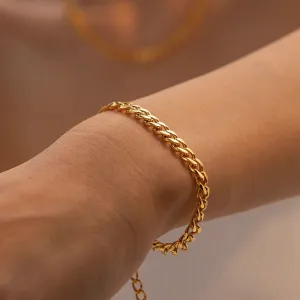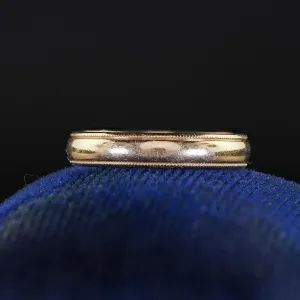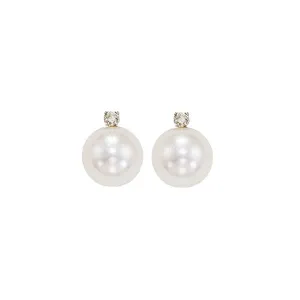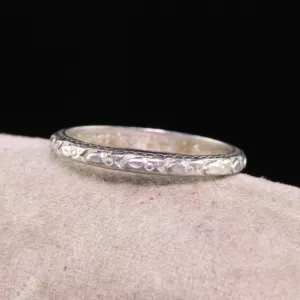A solid fourteen carat two tone, yellow and pink, gold diamond set money clip with a watch mounted into the center. This stunning piece of Art Deco design was retailed by famed, but no longer in existence, luxury New York based jeweller and retailer; Marcus & Co..
The American jewellery firm of Marcus & Co. was based in New York City, and is best known for their high-quality Art Nouveau and Art Deco pieces. Herman Marcus was born in Germany in 1828. As a young man, before moving to New York in 1850 at the age of 22, he gained experience at 'Ellemeyer', the court jewellers in Dresden. It was in Europe that he discovered enamelling techniques which were not found domestically at this time, and this expertise led to his first job in New York, designing for Tiffany & Co. He later represented Tiffany at the 1878 Exposition Universelle in Paris.
In 1864 he started his own firm, a partnership with Theodore Starr, forming Starr and Marcus, and though highly successful, the firm was dissolved in 1877. In 1884, Marcus became a partner in the firm Jacques and Marcus, where his son William was already a partner, and in 1892, when Georges Jacques retired, the firm became known as Marcus & Co. By this point, Herman Marcus was already well known and respected by the New York City jewellery community. The firm’s bold use of brightly coloured enamel mixed with precious and semi-precious gemstones is unmistakable, and represents a confidence in design not usually seen in this period. They also introduced gems rarely used in jewellery at that time, such as zircons, chrysoberyls, spinels and peridots.
Herman died in 1899 but his sons continued to run the company well into the 20th century. The firm’s designs were of high quality, and are still among the best examples of American Art Nouveau jewellery. Marcus & Co. continued to attract a high-profile clientele throughout the twentieth century which included John D. Rockefeller. The firm was sold to Gimbels, the department store in 1941, and then in 1962, it merged with Black, Starr, and Frost.
The clip itself is comprised of a classic sprung wire fourteen carat yellow gold clip, which still has a great deal of spring today, with a beautiful watch encased into the center, made in fourteen carat pink, or rose gold. Around each edge are three small old European cut diamonds of about .1 of a carat each, adding a little understated sparkle to the clip. The dial itself is an eggshell matte finish with printed, very stylish Art Deco almost Breguet style font, along with the Marcus & Co. retail stamp. The dial is all original, and not reprinted. There is some darkening to it in places, but no damage, and if anything this patina just enhances the vintage feel of the clip. The blued steel Breguet style hands perfectly comliemnt the overall feel of the clip.
Inside the case is a Zenith fifteen jewel unadjusted manually wound movement. The serial number of the movement dates it to 1935, so perfectly reflecting the personalisation on the back of the case of Christmas of 1937. The movement was likely imported to the US around the middle to end of 1935 at which point the dial would have been printed, the case hand-made, and then sent to the retail store for sale.
This is wonderful piece of not just Art Deco watch making and jewellery history, but also American fine jewellery making. Many of the Marcus & Co. pieces feature in prominent private collections and museums around the world, and a unique piece like this deserves such a home. Made in America, circa 1936.

